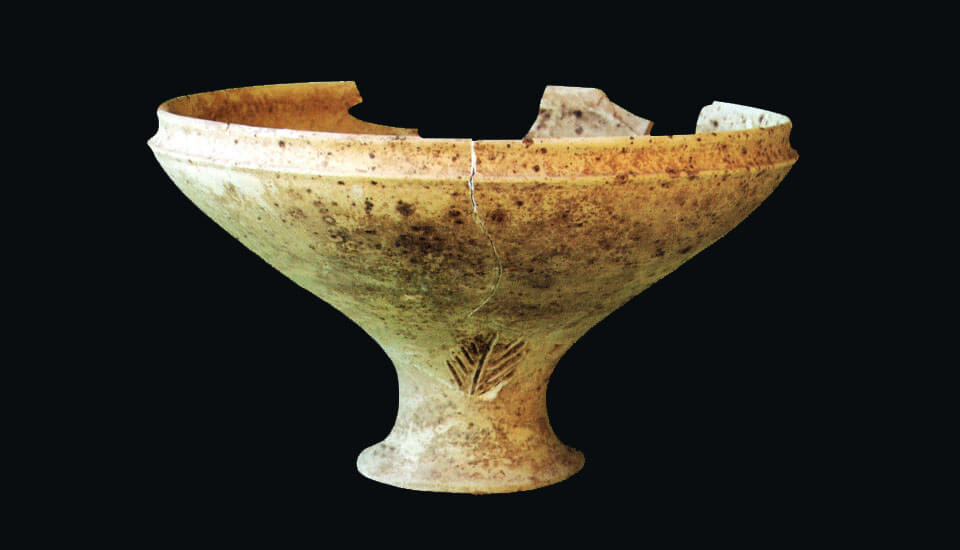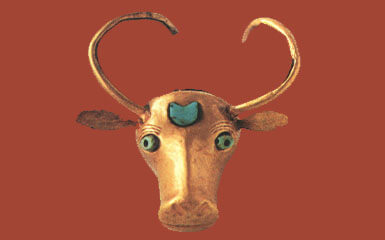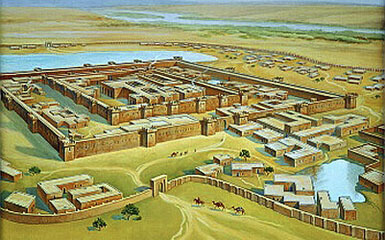Ashgabat
Alem Ferris wheel
State Museum
Fine Arts museum
Wedding Palace
Nisa fortress
Memorial Complex
Ertogrul Gazi Mosque
Neutrality monument
Independence Park
Turkmenbashi Ruhy Mosque
Olympic Village
Ylham Alley
Carpet Museum
Monument of Lenin
Ahal Region
Abivert
Altyn Depe
Annau
Darvaza
Geokdepe
Kowata
Mane baba
Zengi baba
Nedir Shah
Nokhur
Parzdepe
Sarahs baba
Seyit Jemaleddin mosque
Shahrislam
Ulug depe
Mary region
40 cupolas
Akcha Kala
Ancient Merv
Badkhyz
Chilburj
Gebeklytepe
Geok Gumbaz
Gurtly Depe
Kharoba Koshuk
Talkhatan Baba
Yekedeshik
Dashoguz region
Ashyk Aydyn Pir
Devkeshen
Ismamit ata
Kalaly-gyr
Kaplankyr Nature Reserve
Kunya-Urgench
Damla
Balkan region
Dehistan
Yangikala
Awaza
Gozli ata
Kemal ata
Mashat ata
Paraw bibi
Lunar Mountains
Shevlan Baba
Igdy kala
Altyn Depe

The ruins of Altyndepe, a key Chalcolithic and Bronze Age settlement, are located in southwestern Turkmenistan, on the foothills of the Kopetdag, on a hill 20 meters high. It covers a total area of 46 hectares. At some point, the residence was well-fortified: it was surrounded by 6 m thick walls, surrounded by strong pylon towers, made of raw brick. The northern part of Altyndepe was occupied by houses and workshops by artisans. Housing is located in the western part of the residence.
For the Altyndepe civilization, which dates back to 2300-1900 BC, many features of the culture of the ancient East are characteristic. It was formed on the basis of the development of the local farming and animal husbandry community.
They learned to melt silver in the V-IV millennia before our era, and began to breed cattle and later camels. Small canals were dug to irrigate the fields. Thus began the beginning of irrigation farming. Multi-storey houses were left of raw bricks. Thin curved alleys passed between them.
It can be determined that each family owns two or three houses, as well as household rooms. In the small yard there was a dining room, a bakery, and a stone mill. The formation of a large urban community testifies to the beginning of a qualitatively new era in the history of society.


There is a monumental religious temple with a four-story tower, about 12 m high. Its foundation is laid by a wide base measuring 27x10 m. Methods such as the use of staged, tower-like structures, and the partitioning of walls with vertical objects belong to Mesopotamian architectural solutions. Scientists speculate that the temple may have been dedicated to the God of the Moon. There was an altar at the top of the tower. In this regard, the priests also supervised the movements of the celestial bodies and set the timing of the irrigation work and led the farming activities.
The trade caravans traveled from Altyndepe to the prosperous cities south, Elam, and Babylon, to the north, and to the settlements of the eastern-nomadic tribes. Archaeologists find artifacts in Altyndepe, 500-600 km from their centers of production - in Tajikistan and the Fergana Valley. Residents of Altyndepe were already using wheeled vehicles (carts). If you look at the models of many mud carts, especially four-wheeled carts, they used camels as a driving force.